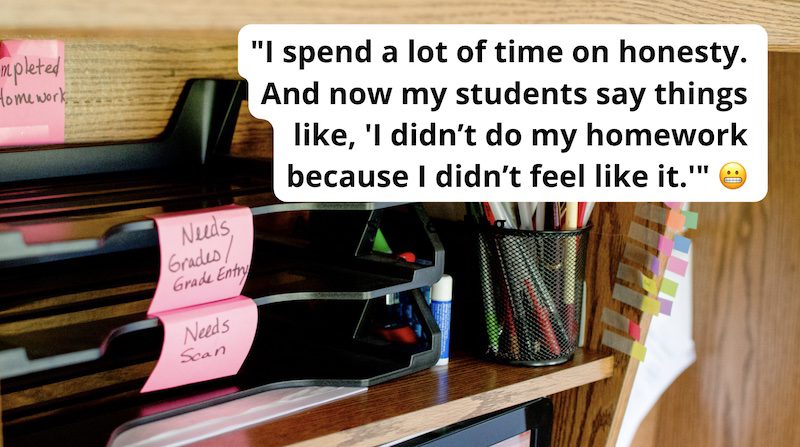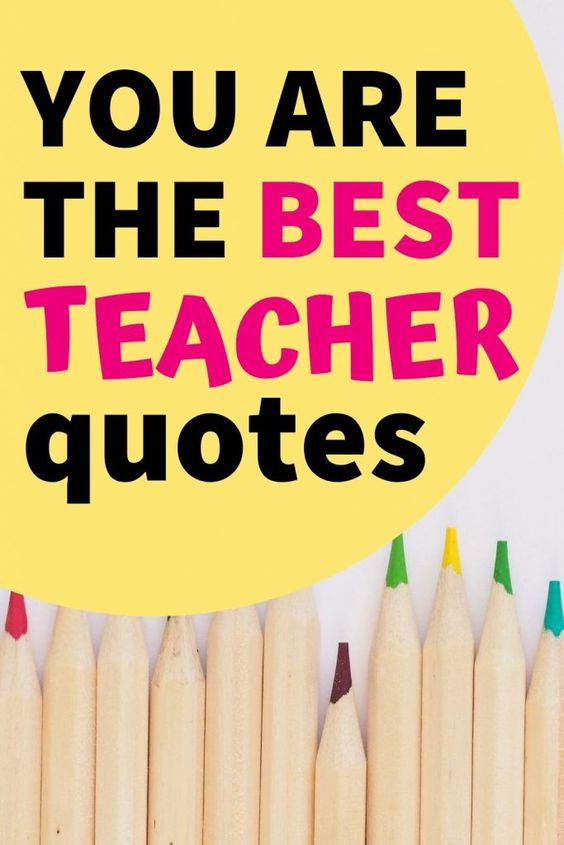With the school year just around the corner, it’s time to start thinking about showing appreciation for our educators. What better way to express gratitude and admiration for a teacher than by presenting them with a thoughtful, stylish bracelet? In this article, we have hand-picked our favorite teacher bracelets – ones that are perfect for both giving and receiving.
1. Apple Charm Bracelet
A classic symbol of teaching, the apple charm bracelet is a timeless piece that will remind your teacher of their impact on students’ lives. With many options available, from silver to gold and even ones adorned with gemstones, this simple yet elegant accessory is sure to please any educator.
2. Personalized Hand-Stamped Bracelet
A personalized hand-stamped bracelet allows you to express your gratitude with a heartfelt message or engrave your teacher’s name on the metal band. Choose from various materials like sterling silver, brass, or copper, and create a meaningful keepsake that highlights your bond with your mentor.
3. “Teach Love Inspire” Cuff Bracelet
This beautifully crafted cuff bracelet features the inspiring message “Teach Love Inspire” etched into its surface. With its adjustable open design, it can comfortably fit most wrist sizes and makes an ideal gift for teachers who inspire you every day.
4. Beaded Morse Code Teacher Bracelet
Combine style and intrigue with a beaded Morse code bracelet that spells out “teacher” in Morse code! Available in numerous colors and materials such as glass beads or semi-precious stones, this unique piece is both fashionable and clever.
5. Stackable Birthstone Bangle
Honor your teacher by celebrating their birth month with a stackable birthstone bangle! These attractive bracelets feature beautiful crystals that represent each month’s birthstone, making them highly personal and thoughtful gifts.
6. Book Worm Charm Bracelet
Perfect for literature-loving instructors, the bookworm charm bracelet is adorned with book-related charms such as miniature books, glasses, and even tiny coffee mugs. Made of high-quality metals and materials, this charming piece will delight educators who are passionate about the written word.
7. Teacher’s Appreciation Quote Bracelet
Embellished with loving words like “dedicated,” “caring,” and “inspirational,” teacher’s appreciation quote bracelets show just how much you value their hard work and dedication. These bracelets come in various designs, colors, and materials, offering a chic way to convey your admiration for your favorite teacher.
In conclusion, there are countless exceptional bracelets that make excellent gifts for educators and express your gratitude uniquely. We hope this list has inspired you to choose the perfect teacher bracelet that both conveys your appreciation and adds a stylish touch to their wardrobe!











